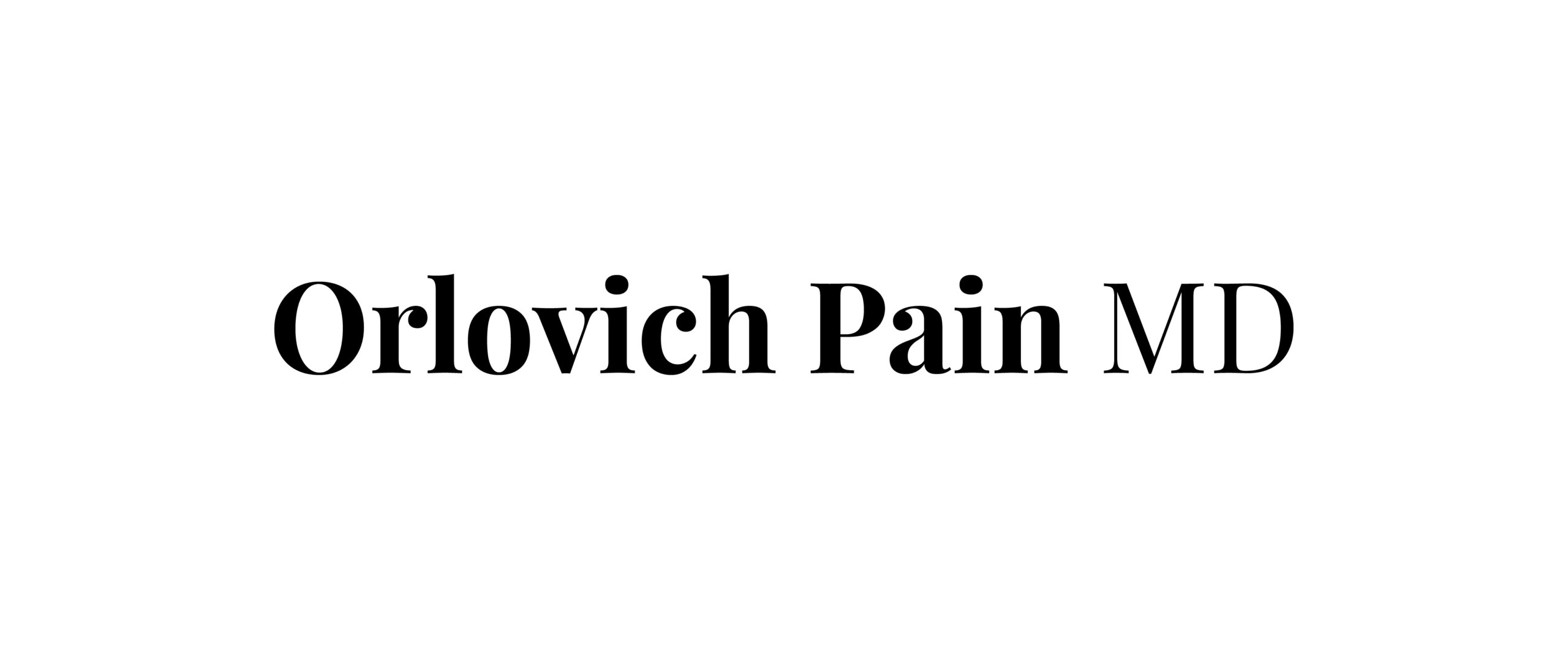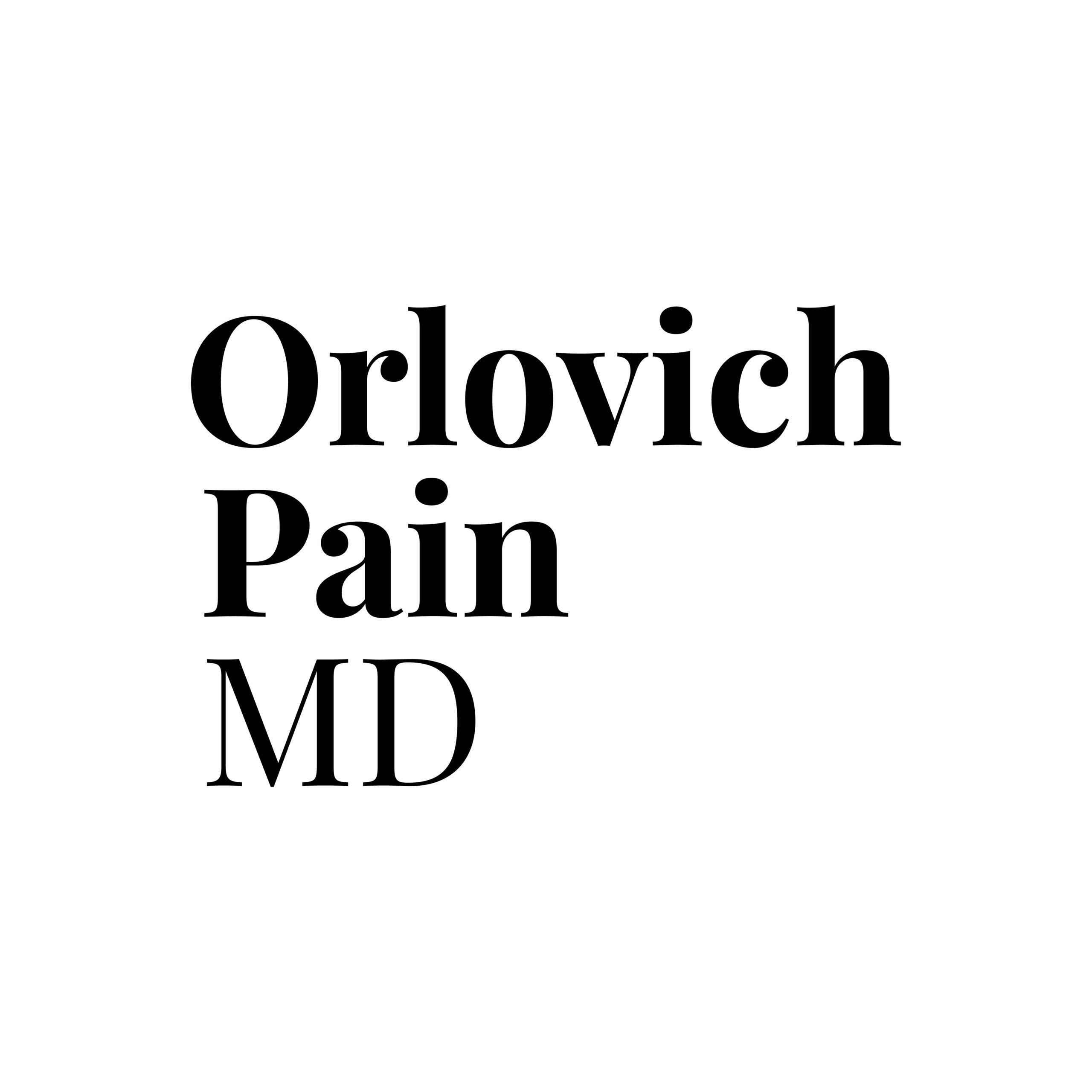Chronic pain is a pervasive issue affecting millions worldwide, and navigating the complex landscape of medical appointments is a crucial aspect of managing this condition effectively. As we delve into the importance of pre-appointment preparation for pain patients, it’s essential to recognize the unique challenges these individuals face. The journey begins with a poignant hook, perhaps an anecdote of a pain patient’s struggle, creating an immediate connection with readers. By setting the stage with a background on chronic pain and the pivotal role appointments play, the introduction lays the groundwork for a comprehensive exploration of the topic.
Understanding the Importance of Pre-Appointment Preparation
Defining pre-appointment preparation goes beyond the conventional notions of scheduling and paperwork. It encompasses a proactive approach by patients in understanding their conditions, symptoms, and treatment options. It’s about empowering patients to actively engage in their healthcare journey. The scope of pre-appointment preparation extends to becoming partners in the decision-making process, fostering a sense of agency crucial for those grappling with chronic pain. This section paints a picture of patients not as passive recipients of medical care but as informed advocates for their well-being.

Benefits of Pre-Appointment Preparation
Enhanced Communication:
Effective communication is the cornerstone of successful healthcare outcomes. When pain patients come prepared, armed with knowledge about their symptoms, experiences, and concerns, it streamlines the dialogue with healthcare providers. This improved communication, in turn, facilitates more accurate diagnoses and tailored treatment plans. Patients become active contributors to their healthcare, fostering a collaborative relationship with their medical team.
Time Optimization:
In the realm of healthcare, time is of the essence. The time spent during a medical appointment is precious, and pre-appointment preparation ensures it is used efficiently. When patients arrive with a clear understanding of their medical history, symptoms, and questions, healthcare providers can delve straight into addressing specific issues. This not only benefits the patient but also optimizes the use of limited time in a busy healthcare setting.
Improved Treatment Outcomes:
Studies and anecdotal evidence consistently highlight a correlation between pre-appointment preparation and improved treatment outcomes for pain patients. The act of actively engaging in one’s healthcare, from understanding the condition to maintaining open communication with healthcare providers, often leads to more effective pain management strategies. This section reinforces that the benefits extend beyond the appointment itself, positively impacting the overall trajectory of the patient’s health.
Strategies for Pre-Appointment Preparation
Researching the Condition:
Encouraging pain patients to delve into researching their specific conditions is a fundamental aspect of preparation. This involves identifying reliable sources of information, understanding the nuances of their pain, and being aware of recent developments in the field. By becoming well-informed, patients can contribute meaningfully to conversations with healthcare providers, making the entire process more collaborative.
Keeping a Pain Journal:
Maintaining a pain journal is a powerful tool for both patients and healthcare providers. This involves systematically recording daily experiences, noting the intensity and nature of pain, and any potential triggers or alleviating factors. A pain journal not only provides a comprehensive overview of the patient’s experiences but also aids healthcare providers in identifying patterns and tailoring treatments accordingly.
Preparing Questions:
One of the most effective ways patients can engage with their healthcare providers is by preparing a list of questions before the appointment. These questions can cover a range of topics, from seeking clarification on aspects of their condition to discussing potential treatment options and lifestyle adjustments. This strategy ensures that no crucial aspect is overlooked during the limited time of the appointment.
Gathering Medical Records:
Organization and accessibility of medical records are paramount in the healthcare journey. Patients are encouraged to maintain an up-to-date record of their medical history, including past diagnoses, treatments, and relevant test results. This not only aids healthcare providers in making informed decisions but also streamlines the appointment process, allowing for a more focused discussion.

Overcoming Common Barriers to Pre-Appointment Preparation
Time Constraints:
Acknowledging the reality of time constraints is essential. This section offers practical tips for integrating preparation into daily routines. Whether it’s setting aside dedicated time each week or utilizing technology for organization, the emphasis is on finding manageable ways to overcome the challenge of time scarcity.
Information Overload:
Recognizing the overwhelming nature of medical information, this part guides readers on how to navigate the sea of data effectively. It encourages quality over quantity, advising patients to focus on reputable sources and seek guidance from healthcare providers when sifting through information.
Coping with Anxiety:
Anxiety is a common barrier to effective pre-appointment preparation. Techniques such as deep breathing exercises, mindfulness practices, or involving a support system are discussed. By addressing the emotional aspect of preparation, this section aims to empower patients to manage anxiety and approach appointments with a clearer mindset.
Real-Life Success Stories
Introducing real-life success stories adds a human touch to the discussion. By sharing cases where proactive pre-appointment preparation led to positive outcomes, readers gain inspiration and a sense of the tangible impact of these strategies. These narratives highlight the transformative power of active patient engagement in the healthcare process.
Importance
- Patient Empowerment and Collaboration: Pre-appointment preparation transforms patients from passive recipients of care to informed advocates for their well-being. According to a study published in the Journal of General Internal Medicine (Epstein et al., 2015), patient engagement in healthcare decision-making positively correlates with improved health outcomes. Empowered patients are more likely to actively participate in collaborative discussions with healthcare providers, leading to more personalized and effective treatment plans.
- Enhanced Communication and Diagnostic Accuracy: Effective communication is pivotal in healthcare, especially for pain patients seeking relief from complex conditions. Research published in the Journal of Pain and Symptom Management (Street et al., 2012) highlights that improved patient communication positively influences diagnostic accuracy and treatment planning. When pain patients come prepared, articulating their symptoms and concerns, it streamlines the communication process, enabling healthcare providers to make more accurate diagnoses.
- Time Optimization in Healthcare Settings: Time is a precious commodity in healthcare settings, and pre-appointment preparation ensures its optimal use. A study in Health Services Research (Jackson et al., 2015) emphasizes that patients who actively participate in their care contribute to more efficient use of healthcare resources. By arriving prepared, pain patients allow healthcare providers to focus on addressing specific concerns, ultimately enhancing the quality of care delivered during appointments.
- Positive Impact on Treatment Outcomes: There is a growing body of evidence suggesting that pre-appointment preparation correlates with improved treatment outcomes for pain patients. A systematic review in the Journal of Medical Internet Research (Krebs et al., 2010) found that patients who engaged in active information-seeking behaviors before appointments reported better adherence to treatment plans and experienced reduced pain severity. This underscores the tangible impact of preparation on the overall success of pain management strategies.

Questions
Why is pre-appointment preparation crucial for pain patients?
Pre-appointment preparation is crucial as it empowers patients, enhances communication with healthcare providers, optimizes appointment time, and positively influences treatment outcomes.
What steps can pain patients take to prepare for appointments?
Pain patients can research their condition, maintain a pain journal, prepare a list of questions, and gather organized medical records to streamline communication with healthcare providers.
How does pre-appointment preparation impact communication with healthcare providers?
Preparation facilitates clearer communication by helping patients articulate symptoms, concerns, and questions, leading to more accurate diagnoses and personalized treatment plans.
What are the benefits of keeping a pain journal?
A pain journal helps in tracking daily experiences, identifying patterns, and providing valuable insights for both patients and healthcare providers, aiding in more effective pain management.
How can patients overcome time constraints when preparing for appointments?
Patients can overcome time constraints by setting aside dedicated time each week, utilizing technology for organization, and integrating preparation into their daily routines.
Conclusion
In conclusion, pre-appointment preparation is paramount for pain patients, ensuring effective communication and optimized treatment plans. By actively participating in their healthcare journey, patients empower themselves and contribute to better outcomes. This proactive approach enhances the patient-provider relationship, fostering a collaborative environment that is essential for managing pain and improving overall well-being.
References
- Link:Mayo Clinic – Pain Management
- Link: American Chronic Pain Association
- Link: WebMD – Chronic Pain Health Center
- Link: NINDS – Pain Information Page
- Link: Pain BC – Resources
- Link: Healthline – Pain Management
- Link: CDC – Guideline for Prescribing Opioids for Chronic Pain
- Link: American Academy of Pain Medicine
- Link: PainEDU
- Link: National Fibromyalgia Association






